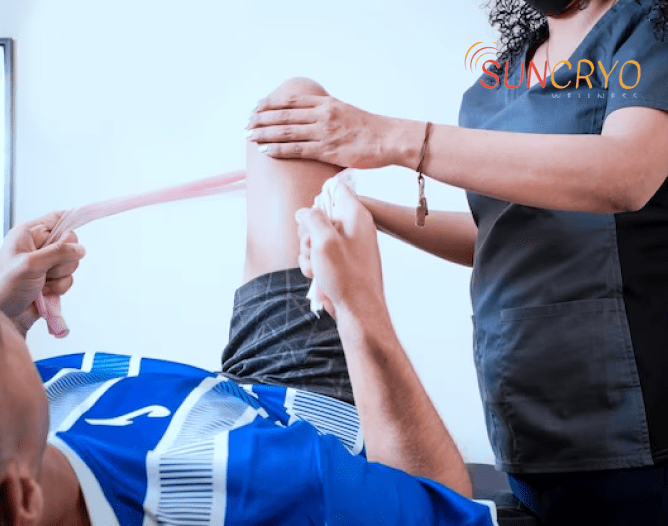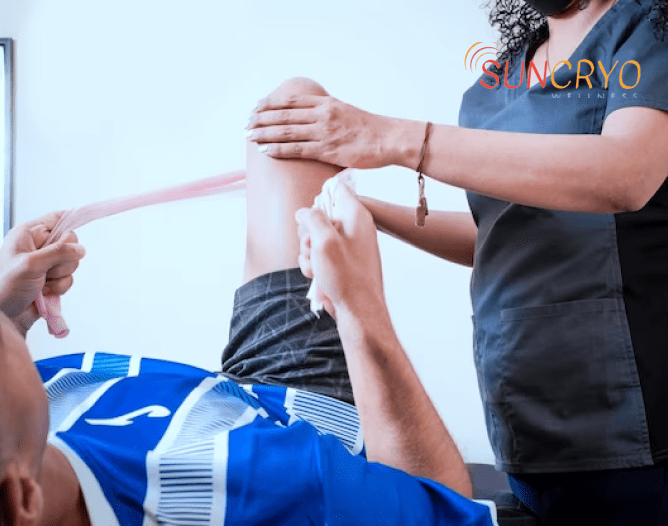Cardiac Surgery Recovery

In the realm of cardiac surgery recovery, emerging techniques have shown great promise in improving patient outcomes and speeding up the healing process. One such technique that has gained traction is Inspiratory Muscle Training (IMT). This innovative approach focuses on enhancing the strength and function of the inspiratory muscles, ultimately leading to improved respiratory function, increased exercise tolerance, and overall better recovery following cardiac surgery. https://georgetownsuncryo.com/
Introduction
In the pursuit of optimal recovery after cardiac surgery, medical professionals are continuously exploring avenues to expedite healing and enhance patient outcomes. The inspiratory muscles, responsible for inhalation, play a pivotal role in respiratory function. Strengthening these muscles through targeted training can have far-reaching benefits, especially for patients who have undergone cardiac surgery.
The Significance of Cardiac Surgery Recovery
Cardiac surgery, while often life-saving, places significant stress on the body. Postoperative complications, particularly related to the respiratory system, can impede the recovery process. Patients frequently experience decreased lung function, reduced exercise capacity, and prolonged hospital stays. Addressing these issues has become a paramount concern for healthcare providers.
Unveiling Inspiratory Muscle Training (IMT)
Inspiratory Muscle Training (IMT) is a non-invasive technique designed to fortify the inspiratory muscles, such as the diaphragm and intercostal muscles. This is achieved through a series of exercises and resistance training specifically targeting these muscles. By progressively increasing the resistance, IMT aims to enhance the strength, endurance, and coordination of the inspiratory muscles.
The Mechanism of IMT
IMT operates on the principle of overload adaptation. By subjecting the inspiratory muscles to increased resistance during breathing exercises, the muscles adapt by becoming stronger and more efficient. This adaptation leads to improved lung capacity, better oxygen exchange, and ultimately, enhanced respiratory function.
The Benefits of IMT in Cardiac Surgery Recovery
- Improved Respiratory Function: One of the primary benefits of IMT is the enhancement of respiratory function. Stronger inspiratory muscles enable more effective breathing, reducing the risk of complications such as pneumonia and atelectasis.
- Enhanced Exercise Tolerance: Cardiac surgery patients often experience reduced exercise capacity postoperatively. IMT helps increase the oxygen supply to the body during physical activity, leading to improved exercise tolerance and overall fitness.
- Faster Recovery: Studies have shown that incorporating IMT into cardiac rehabilitation programs can expedite the recovery process. Patients who undergo IMT tend to regain their preoperative lung function more rapidly.
- Reduced Hospital Stay: Quicker recovery and reduced postoperative complications translate to shorter hospital stays, which can alleviate the emotional and financial burden on patients and their families.
Implementing IMT in Cardiac Rehabilitation
Incorporating IMT into the cardiac rehabilitation protocol requires a comprehensive and tailored approach. Healthcare providers play a pivotal role in assessing patients’ suitability for IMT and designing individualized training regimens. The progression of IMT exercises should be closely monitored to ensure safety and effectiveness.
Conclusion
Inspiratory Muscle Training (IMT) presents a promising avenue for enhancing cardiac surgery recovery outcomes. By strengthening the inspiratory muscles and improving respiratory function, patients can experience improved exercise tolerance, faster recovery, and reduced postoperative complications. Integrating IMT into cardiac rehabilitation protocols requires careful assessment, tailored regimens, and close monitoring. As medical science continues to evolve, IMT stands out as a beacon of hope for patients on their journey to recovery after cardiac surgery. https://www.michiganmedicine.org
